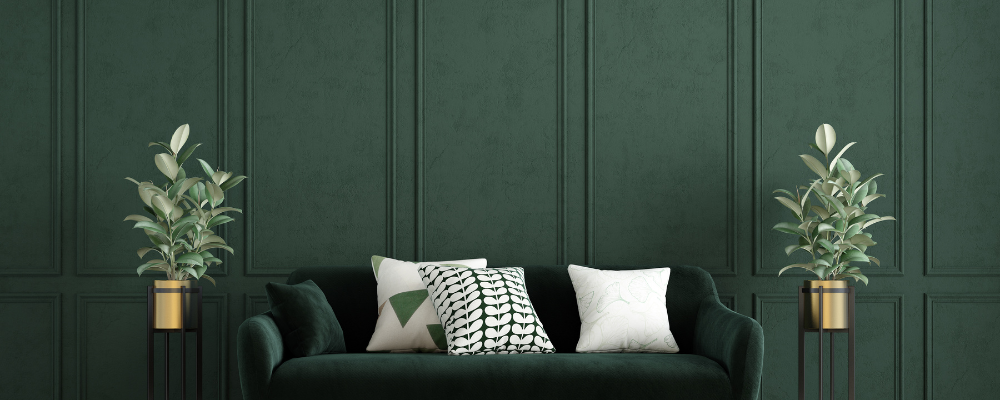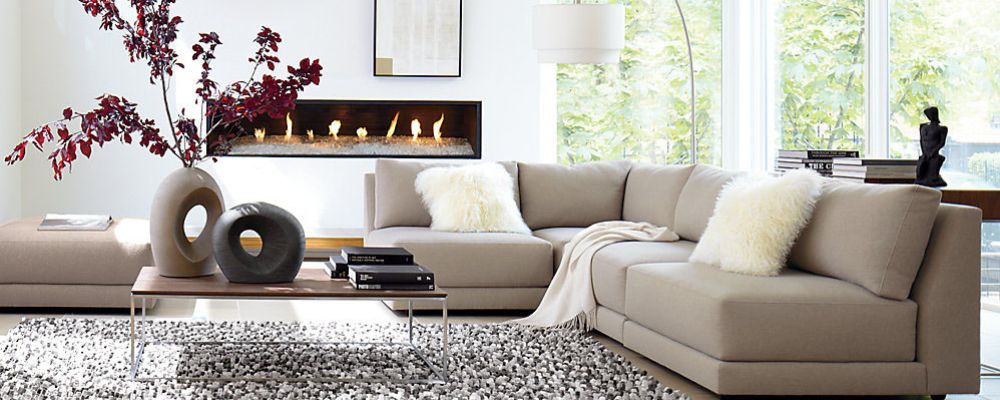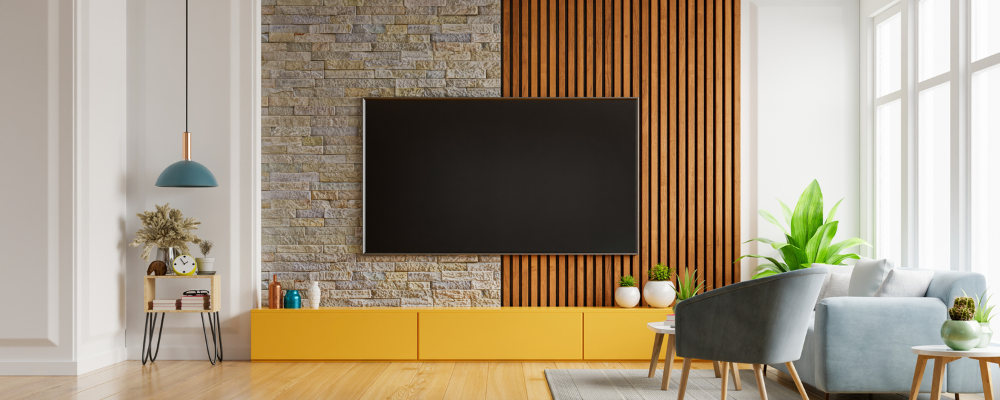Have you ever walked into a room and felt like something was missing? You’ve got the color palette down, the furniture in place, and the decorations perfectly arranged, but the room still lacks that certain magic. If you’ve experienced this, you’re not alone, and we’ve got the solution you’ve been searching for TEXTURES.
It’s puzzling how textures often take a backseat in the world of interior design, but we’re on a mission to change that perception. Why, you ask? Because texture is the secret ingredient that can transform a space from ordinary to extraordinary.
So, if you’re new to the world of textures in interior design, don’t fret. We’re here to provide you with a concise guide on the significance of texture and how to wield it as your personal design ally. Get ready to effortlessly infuse your rooms with rich, captivating textures that elevate your space to a whole new level. Let’s embark on this textured journey together!
Understanding Textures in Interior Design: What is Texture?
In a design context, it usually means “sensation arising from the outside of an object received through the sense of touch”. Yes, what is he thinking? Imagine tapping your toes on a soft rug, running your hands over a wooden table, or sinking into a leather sofa.
We honestly think the “tactile” part of the theme should be updated to read “familiar” touches.
As anyone who has watched a TV show indoors or browsed through a magazine will tell you, you don’t have to be in physical contact with the room to feel the energy of the tissue.
While the textures in interior design helps the site work, it is important to the success of the design. Instead of the textured pattern above, the image is tried to be comfortable on the sofa made of granite. Always consider how the texture will enhance the overall experience of your design.
Texture adds visual weight

If you’ve been on sites like Freshome for a while, you’ve probably heard of the term “visual weight.”
This means that an object – or an entire place – can attract attention. A good dose of texture will make this problem free.
Remember when we talked about colour theory, we talked about using warm colours or cool colours to influence the perception of space? Textures in Interior Design also work well. Rough ones will make the space beautiful and grounded, while smooth materials will make the surface look nice, with more negative sounds in the room.
When designing a living room, you should consider the placement of textures. Place smooth textures directly next to the rough ones, make rough textures stand out and look heavier than they leave. Use distance to determine how much visual weight you want to achieve.
Texture provides balance

We’ve said it before and we’ll say it again, when it comes to design, contrast is important because it provides balance and arouses interest. Think about it: if everything is similar, our eyes have trouble focusing and like to freeze.
Use texture to make your most important items stand out.
Restrictions are important, so try not to get too crazy. Stick to two or three different textures in one place. If you want to highlight an important focal point, stick to two.
The texture in interior design is especially important if you’re working with a particular palette with similar tones.
When going with monochrome or similar colours, always choose contrasting pieces. When they come together, they bring harmony to the space.
Use Textures In Your Home

All reasons to use textures are fine, but if you don’t know how to get them into your home, this may be it by now. Here are a few ways to add texture to a room:
Architectural Elements: If you’re lucky enough to have mouldings, chairs, or tray ceilings in your home, highlight their main points.
Furniture: Wooden furniture, satin reading chairs and marble table tops add a special touch to the space.
Decorative Elements: Shadow boxes, trinkets and even flowers can be used.
Floors and Walls: A good rug or even some patterned walls will add more depth to the room.
Textiles: Liven up the room with fabrics like covers, throw pillows and even blankets.
But if you want to try it digitally before you buy, the Home Design 3D app lets you see how different colours and textures will look in your interior from your smartphone.
Notes on Texture and Texture Selection
Pattern: These two things are often discussed together, but they are two different and important aspects of design. Pattern expresses visual print while texture expresses a feeling. Remember to include both in your interior design rather than opting for one over the other.
Conclusion
In conclusion, textures are the unsung heroes of interior design, capable of breathing life and character into any space. By embracing the power of textures, you can unlock a world of creative possibilities and transform your home into a personalized masterpiece.
Whether you choose a carpet to add warmth to your bedroom or a wooden coffee table to add colour to your living space, the importance of texture in interior design is obvious. It finished the room. Textures are what help take your interiors to the next level. Don’t be afraid to be in your inner self. Instead, use it to create a magazine-friendly interior.
So, go ahead, experiment, and let textures take centre stage in your interior design journey – the results will be nothing short of extraordinary. For more guidance for your Interiors, we at SkyDec Engineers provide an amazing experience that will be there with you for a lifetime. Contact us today at +91 9818153338 for a free consultation.
We can provide professional guidance in any space you want to get designed.
